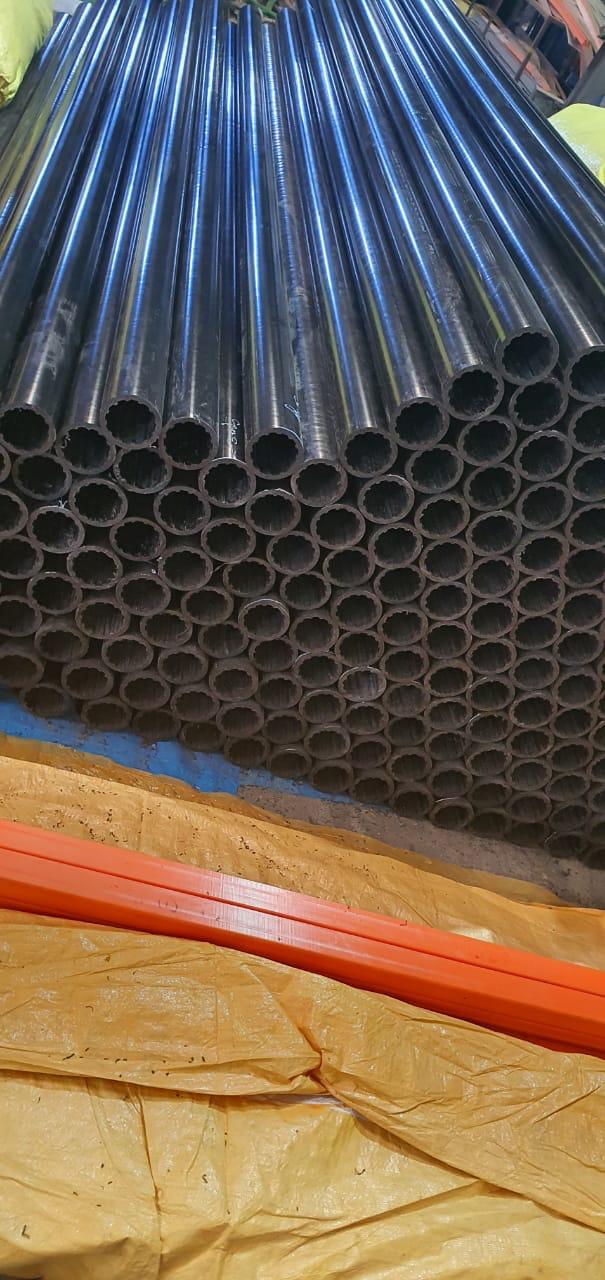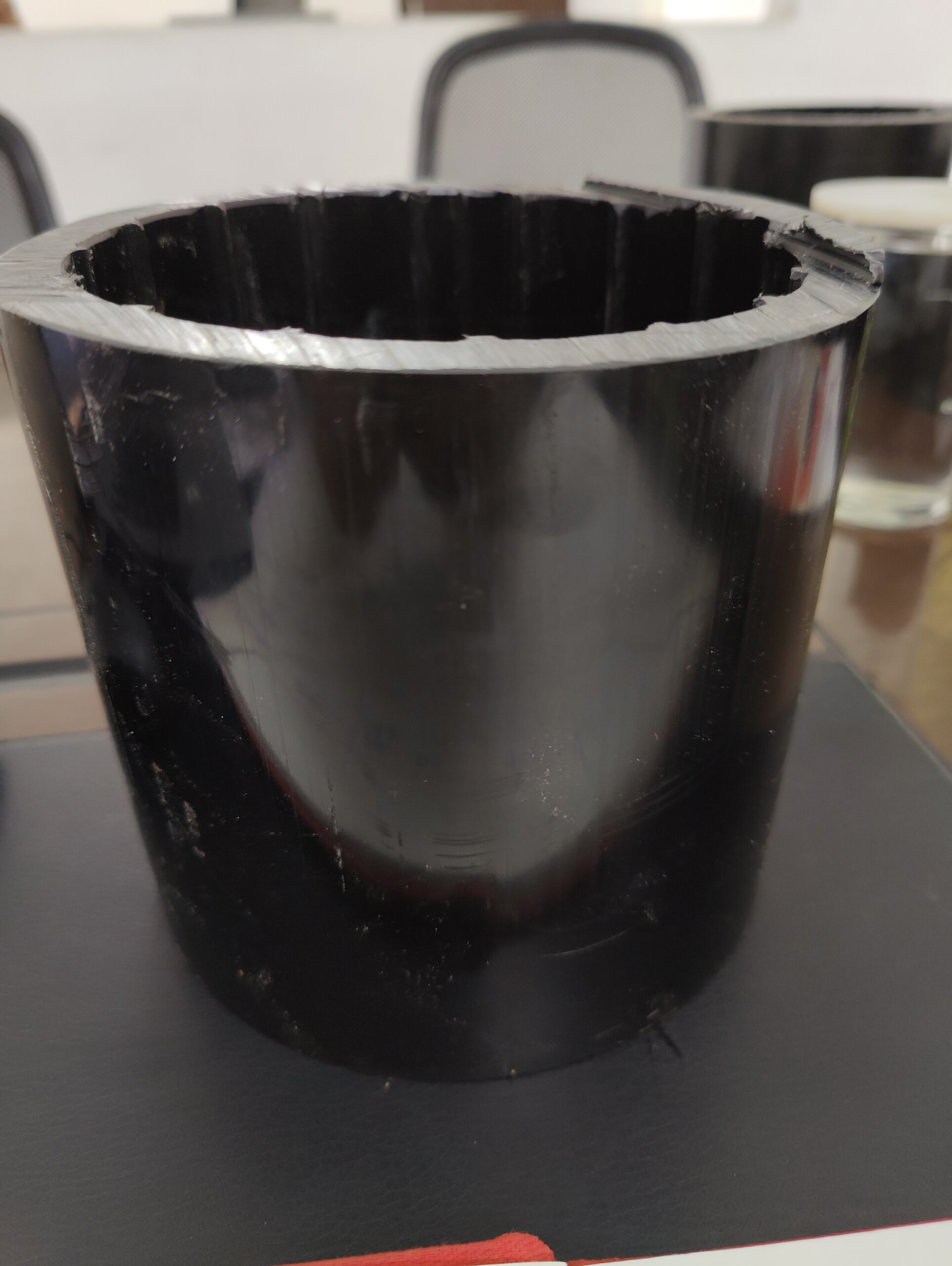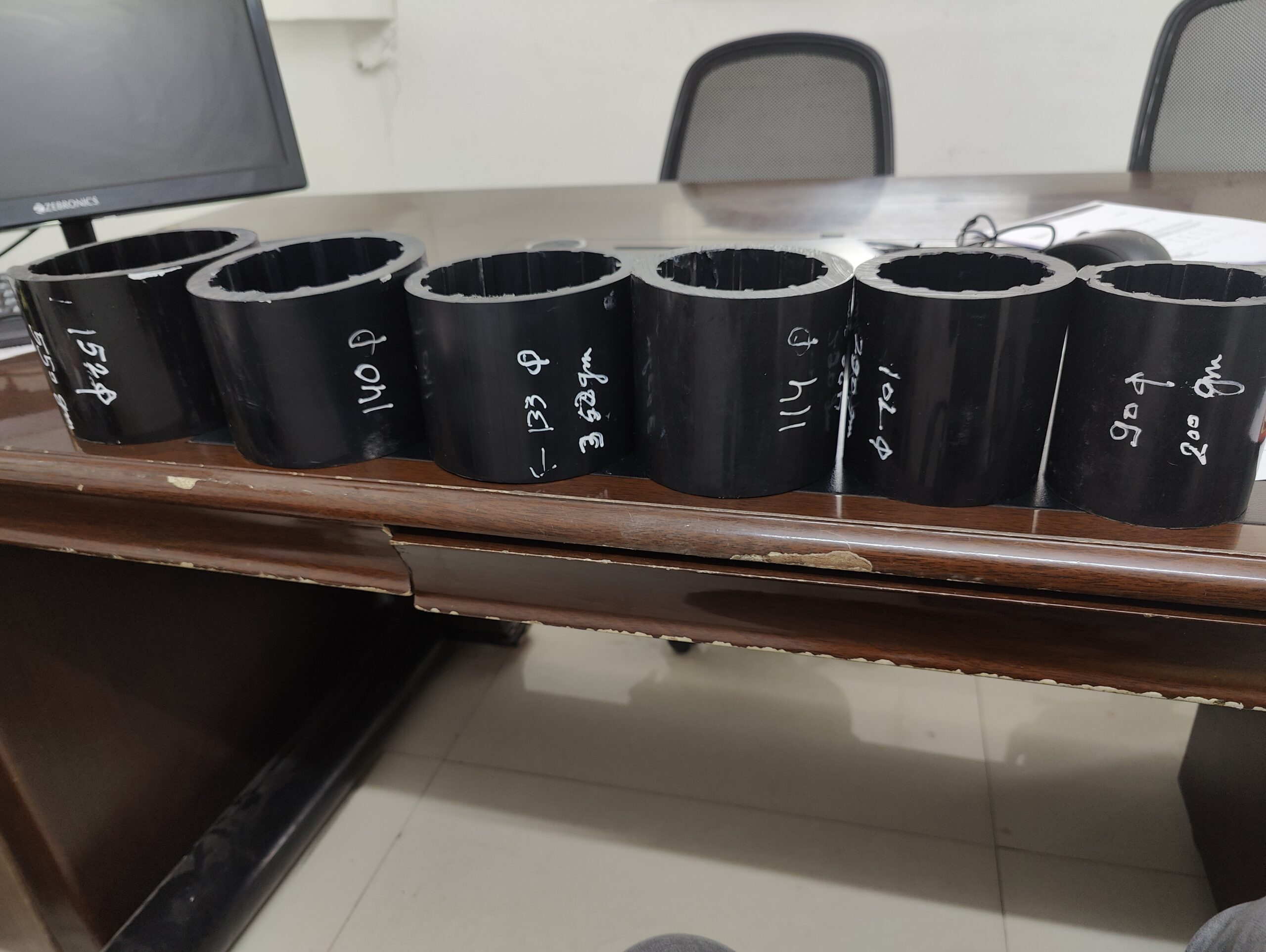Pipes
UHMW PE pipes have a wide range of applications due to their unique properties. Here's a detailed look at UHMW pipe applications:
1. Chemical Processing:
- Highly resistant to corrosive chemicals
- Used for transporting acids, bases, and solvents
- Ideal for chemical plant piping systems
2. Food and Beverage Industry:
- FDA-compliant for food contact
- Non-toxic and doesn't affect taste or odor
- Used in dairy processing, breweries, and food packaging lines
3. Mining and Mineral Processing:
- Abrasion-resistant for handling slurries and ores
- Used in tailings pipelines and mineral transport systems
- Reduces wear compared to metal pipes
4. Wastewater Treatment:
- Resistant to bacteria and biofilm formation
- Used for sewage and effluent lines
- Low friction reduces pumping costs
Key benefits of UHMW pipes across these applications include:
- Excellent chemical resistance.
- High abrasion resistance.
- Low coefficient of friction.
- Lightweight compared to metal alternatives.
- Self-lubricating properties.
- Wide temperature range tolerance.
- Long service life with minimal maintenance.
- Non-toxic and environmentally friendly.
There are several methods to join UHMW pipes, each with its own advantages and suitable applications. Here’s a detailed look at the various joining methods:
1. Butt Fusion Welding:
- Most common method for larger diameter pipes.
- Heats pipe ends and joins them under pressure.
- Creates a strong, seamless joint.
- Ideal for high-pressure applications.
2. Socket Fusion:
- Used for smaller diameter pipes.
- Involves heating a socket fitting and pipe end.
- Joined by pushing together and cooling.
- Good for tight spaces where butt fusion isn’t possible.
3. Electrofusion:
- Uses electrical resistance to heat and melt the pipe.
- Special fittings with embedded heating elements.
- Good for joining pipes in trenches or difficult locations.
- Provides consistent joint quality.
4. Mechanical Couplings:
- Uses compression fittings or flanges.
- No heat required, suitable for quick connections.
- Allows for easier disassembly if needed.
- Used when thermal fusion isn’t possible or practical.
5. Threaded Connections:
- UHMW pipes can be threaded for mechanical joints.
- Typically used with metal inserts for added strength.
- Suitable for lower pressure applications.
- Allows for easy assembly and disassembly.
6. Extrusion Welding:
- Uses a handheld extruder to apply molten UHMW.
- Good for custom shapes and repairs.
- Can be used to join pipes to sheets or other profiles.

Each method has its pros and cons, and the choice depends on factors such as:
- Pipe diameter and wall thickness.
- Operating pressure and temperature.
- Installation environment.
- Required joint strength.
- Need for disassembly.
- Available equipment and expertise.



